-
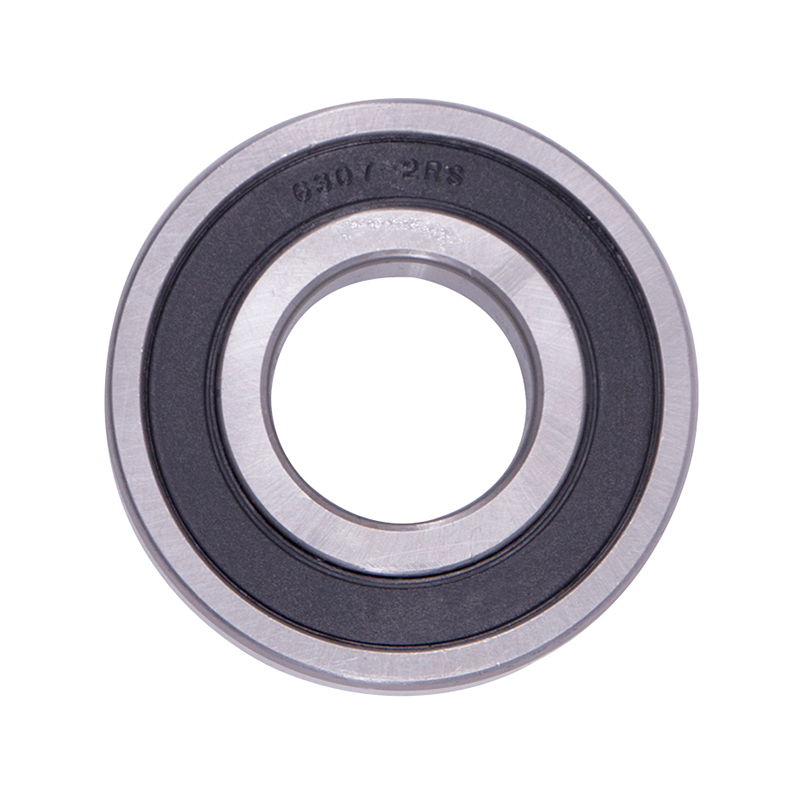 Wheel Hub Bearings
Wheel Hub Bearings -
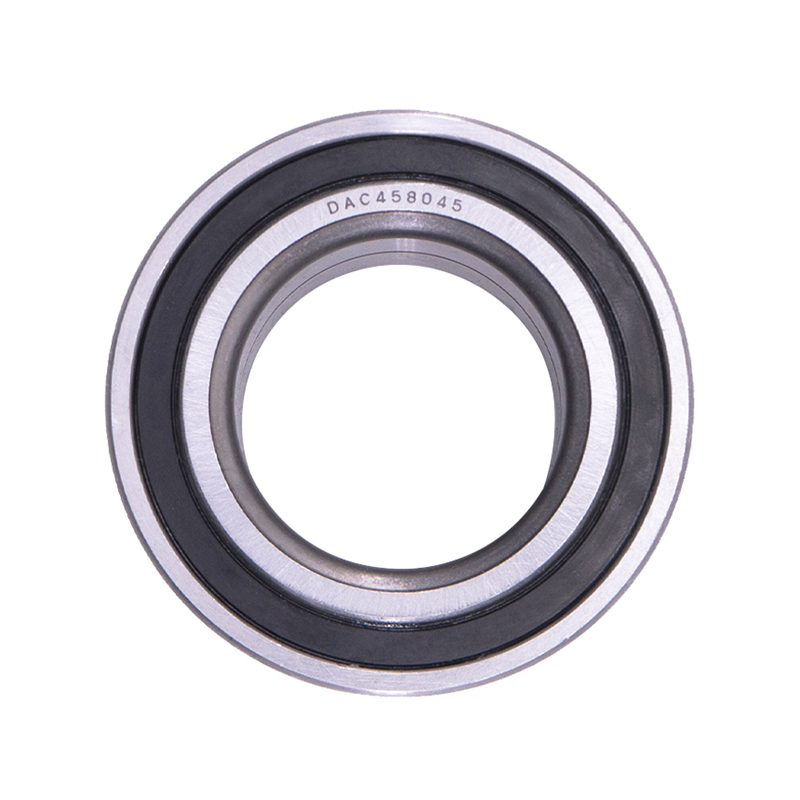 Wheel Hub Bearings
Wheel Hub BearingsDAC387436 DAC458045 Hub Deep Groove Ball Car Wheel Bearing
-
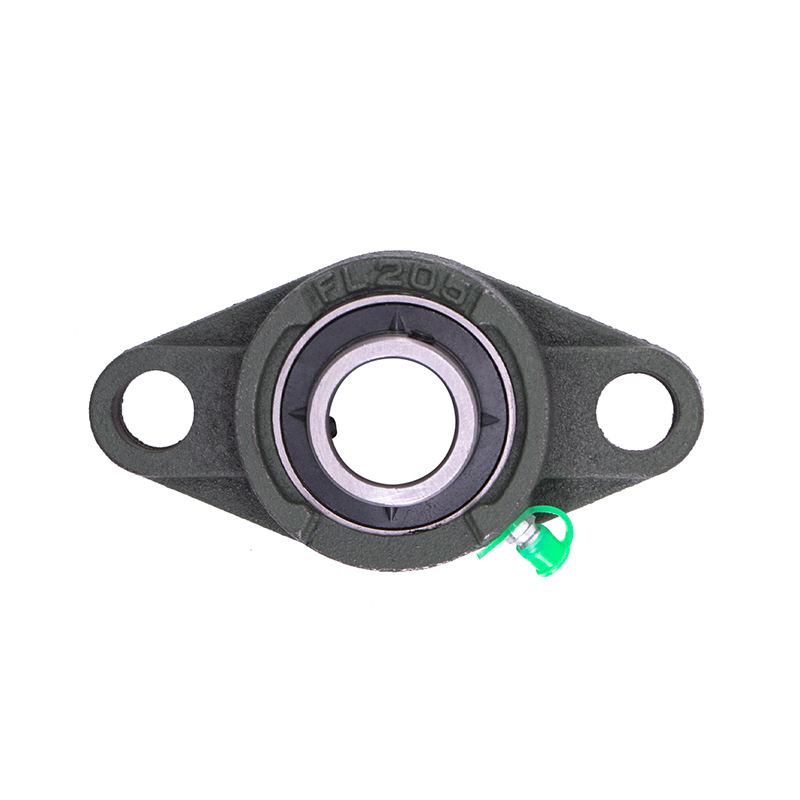 Spherical Bearings
Spherical BearingsFL204 FL205 FL206 Stainless Steel Pillow Block Bearing
-
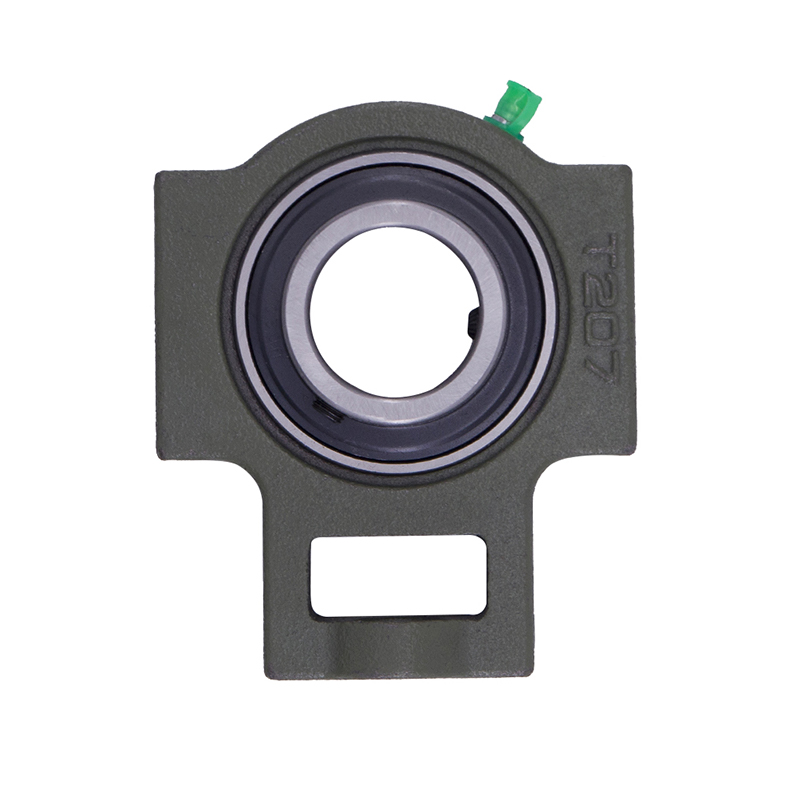 Spherical Bearings
Spherical BearingsT204 T207 UC204 High Speed Insert Pillow Block Bearing
-
 Spherical Bearings
Spherical BearingsFC204 F210 Auto Wheels Bike Pillow Block Bearing
-
 Spherical Bearings
Spherical BearingsP207 206 205 203 High Precision Wheel Pillow Block Bearing
-
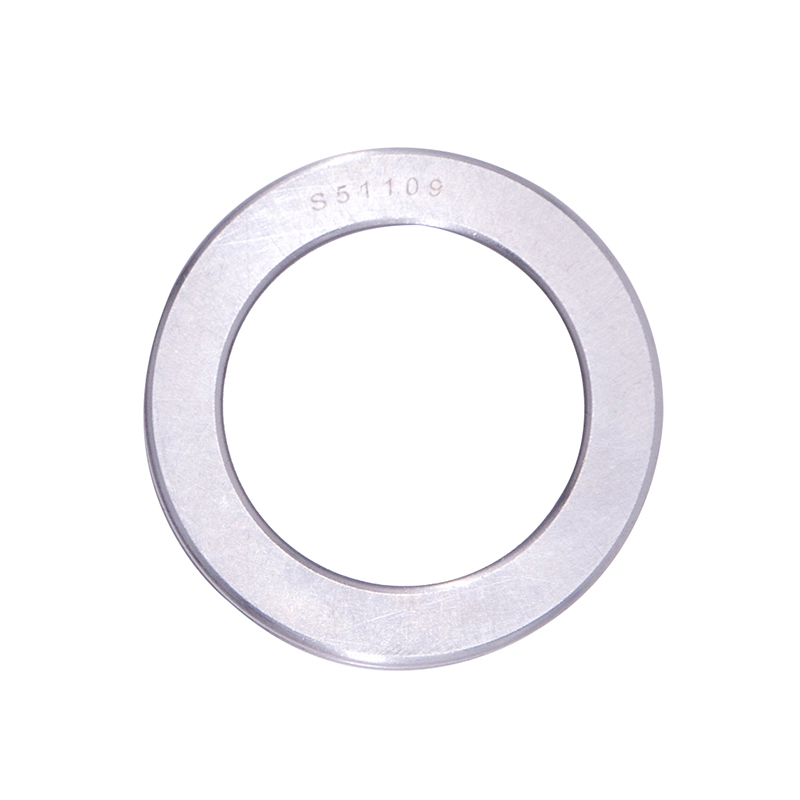 Thrust Roller Bearings
Thrust Roller BearingsS51100 S51107 S51109 Car Wheel Plain Thrust Ball Bearing
-
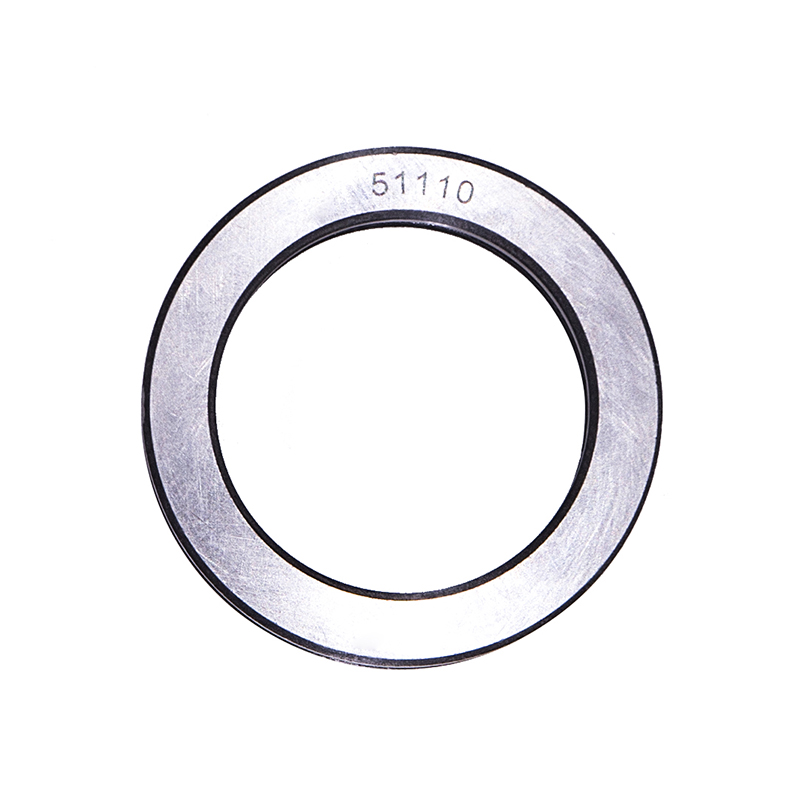 Thrust Roller Bearings
Thrust Roller Bearings51110 51107 51104 51206 High Speed Plain Thrust Ball Bearing
What Are the Materials and Craftsmanship Involved in Linear Bearings?
Industry news-One important point of discussion in linear bearing factory design is the material selection for both the bearing housing and the internal components. The materials must provide durability, wear resistance, and smooth motion under various operating conditions. Typically, linear bearings consist of an outer housing made of hardened steel or aluminum alloys. Hardened steel is favored in applications requiring high load capacity and wear resistance, while aluminum offers the advantage of reduced weight and corrosion resistance, making it suitable for lighter or corrosive environments.

Inside the housing, the moving elements include balls or rollers, which carry the load and facilitate motion. These rolling elements are usually made from high-grade bearing steel, such as AISI 52100 chrome steel. This steel offers a combination of hardness, toughness, and resistance to deformation, which is critical for maintaining precise motion over the bearing's service life. In some specialized applications, stainless steel or ceramic balls may be used for added corrosion resistance or reduced weight.
The bearing raceways — the surfaces on which the balls or rollers roll — also demand careful material consideration. These surfaces are precision-ground and hardened to minimize wear and provide consistent motion. Proper heat treatment processes such as carburizing or nitriding enhance surface hardness and extend bearing life. Precision machining ensures that the raceways have minimal surface roughness, which reduces friction and prevents premature failure.
Craftsmanship in manufacturing linear bearings involves a series of carefully controlled processes. The machining precision is a critical factor. Components must be manufactured to tight tolerances, often within microns, to guarantee the bearing's smooth operation. Any deviation in size or roundness can cause uneven load distribution and increased wear. Computer numerical control (CNC) machining and grinding machines are commonly employed to achieve the required precision levels.
Assembly craftsmanship is equally vital. Linear bearings are assembled in clean environments to avoid contamination by dust or debris, which can significantly impact performance. Proper alignment of balls or rollers within the raceways is ensured to avoid binding or uneven wear. Lubrication is applied carefully during assembly, with high-quality greases or oils selected based on operating conditions such as temperature and speed.
In recent years, advancements in materials and craftsmanship have led to the development of hybrid linear bearings. These bearings combine ceramic rolling elements with steel races, offering lower friction, higher speeds, and better corrosion resistance than traditional steel bearings. Manufacturing such bearings requires specialized skills, especially in handling the ceramic components, which are more brittle than steel and require delicate machining and assembly techniques.
The design of the lubrication system within the linear bearing is another aspect of craftsmanship. Some bearings include built-in lubrication channels or reservoirs to provide consistent lubrication during operation, reducing maintenance needs and preventing premature wear. Proper sealing techniques are also employed to protect internal components from contaminants while retaining lubricants.
Surface treatments and coatings applied to linear bearings further enhance performance and durability. Techniques such as black oxide coating or phosphate treatment improve corrosion resistance. Some linear bearings receive advanced coatings like diamond-like carbon (DLC) or titanium nitride (TiN), which significantly reduce friction and increase wear resistance. Applying these coatings requires precision and expertise to ensure uniform coverage without altering critical dimensions.

 English
English русский
русский Español
Español
